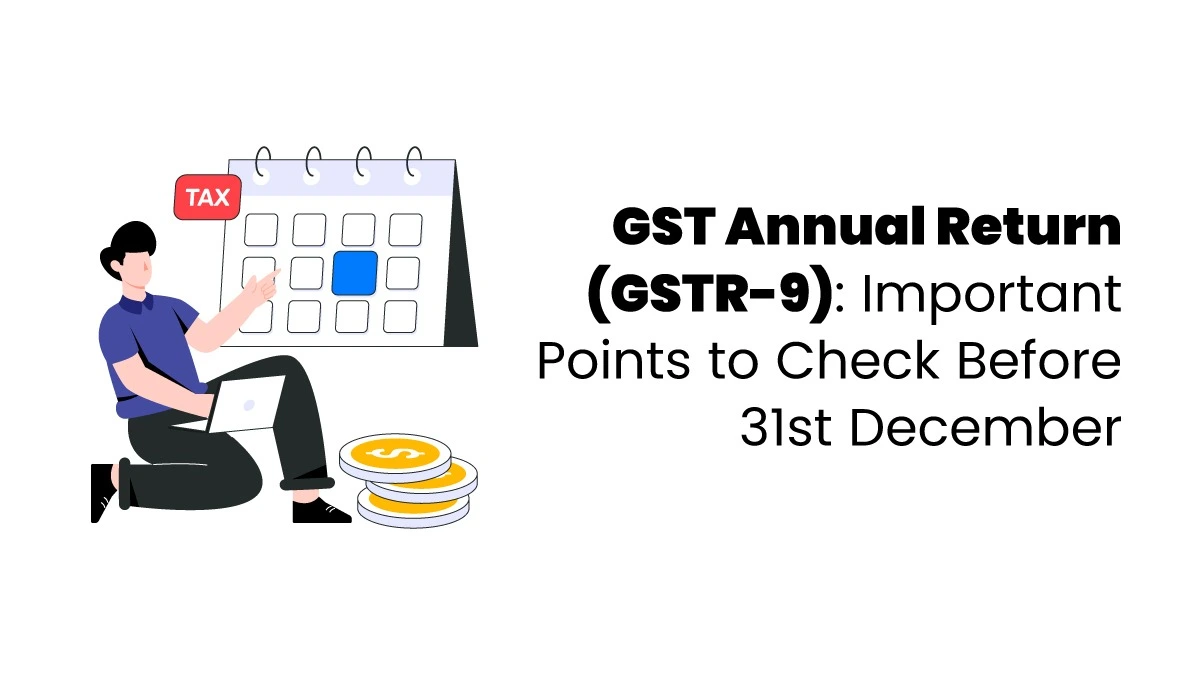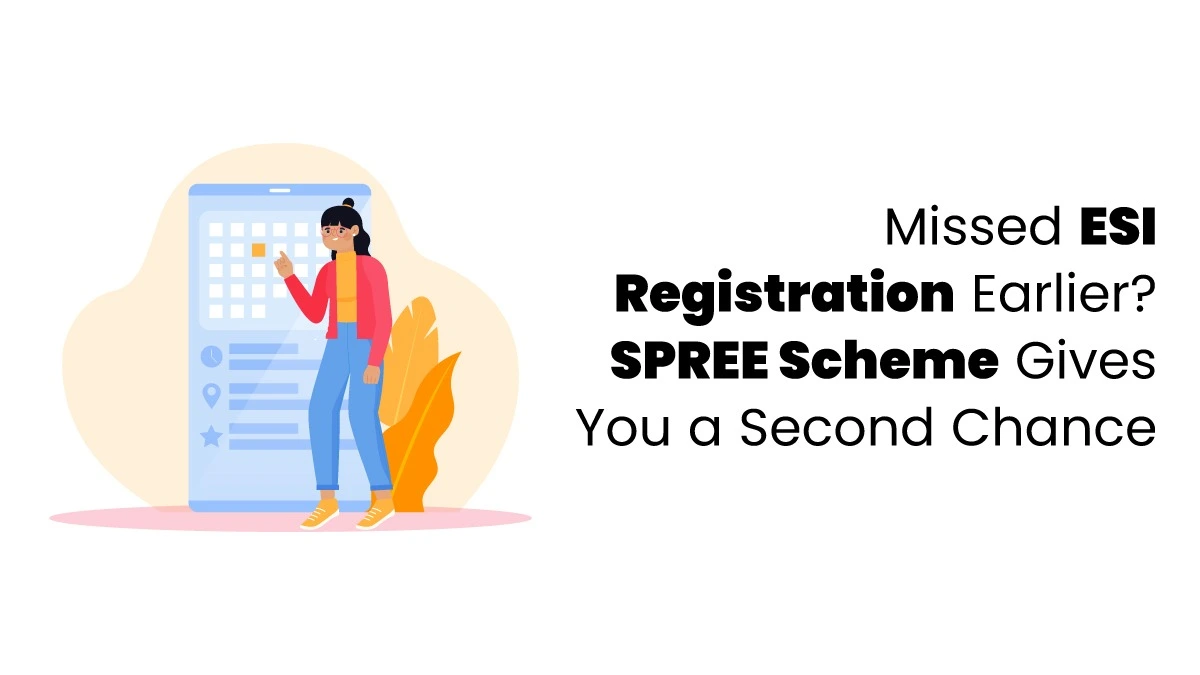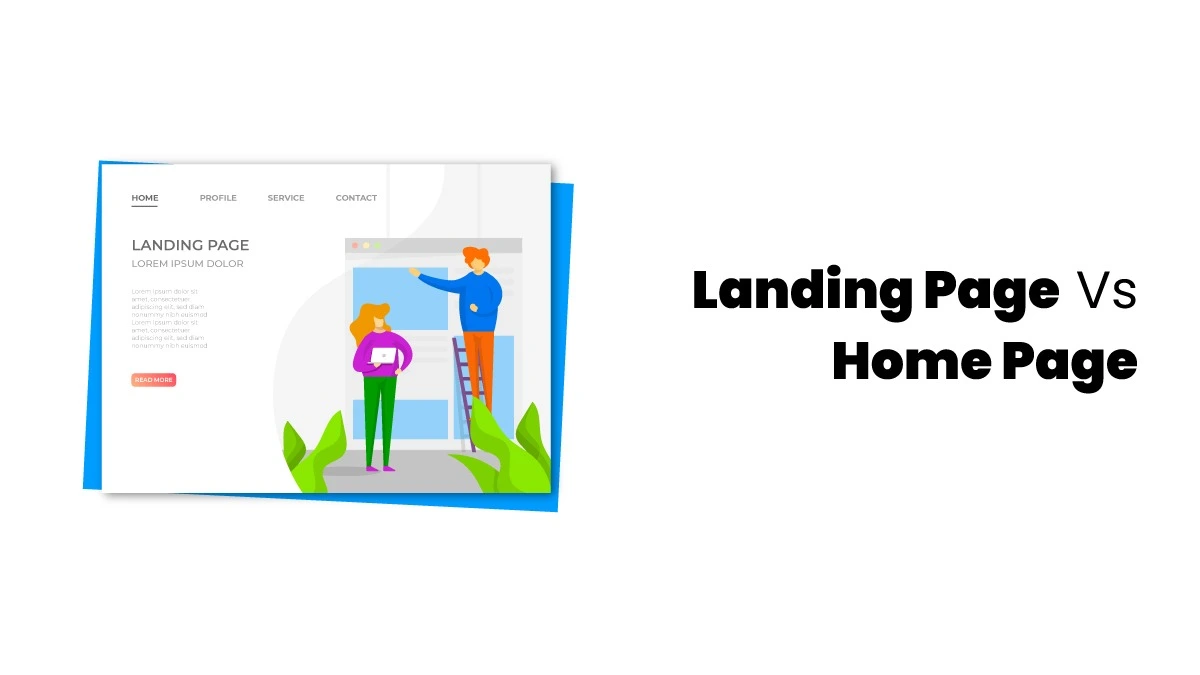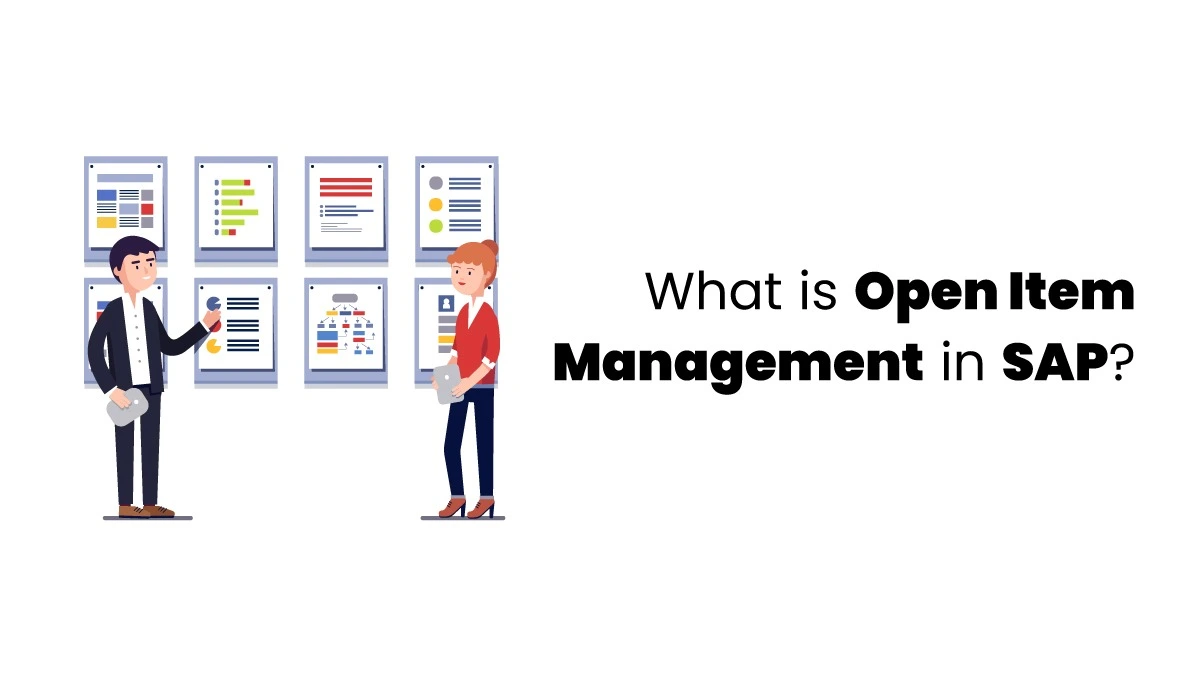Paid and organic social media differ, so knowing the difference is important. Paid social media means paying for ads on social platforms. In contrast, organic social media means using free methods to get your content in front of people. Both organic and paid Social Media have their benefits and drawbacks. Selecting social media for your business is a big decision. Once you decide, you must choose between organic or paid social media.
Organic Social Media
Organic social media is how social media started. It’s about building your presence on social platforms for free – without paying for ads. This means:
- Posting content regularly
- Responding to comments and messages (for building a community and helping customers)
- Joining conversations on other profiles
- Sharing other people’s content to interact with them
You’re using social media like a regular user – posting and chatting without spending money on ads. To maximize your potential and learn advanced strategies, consider enrolling in Digital marketing certification courses to use paid ads for effective results.
Paid Social Media
Paid social media means paying to make your content reach more people. This can include:
- Social media ads
- Sponsored posts and videos
- Paid profile promotion
Ads can appear in different ways depending on the platform—like in posts, stories, TikToks, or on the side of the page. They’re usually labeled as ads or “sponsored content.”
Main Differences Between Organic and Paid Social Media
Let’s look at some key differences between organic and paid social media. However, it’s often best to use both to help each other.
Reach
With organic social media, your content mainly reaches your followers and sometimes their connections (like on LinkedIn, where people can see your interactions with others).
On platforms like Instagram Reels, you can reach people who need to follow you, but targeting the right audience takes more work. You have less control over who sees your posts, and it usually depends on how specific your content is. With paid social media, you can easily reach people who aren’t your followers and have more control over who you target.
Most social networks have tools to help you achieve specific groups. The more money you spend on ads, the more people you’ll reach.

Engagement
Organic and paid Social Media differ in engagement. Organic content usually gets more engagement because it feels more real. People follow your profiles because they’re interested, not because they saw an ad.
But, since fewer people see organic posts, your engagement might be lower. How well you do depends on how often you post and how relevant your content is.
With paid social media, the results can go either way. You might get higher engagement since you’re paying to show your content to more people.
But it depends on how interested those people are in your content. Even though a sponsored post grabs their attention, they’ll still engage with your other posts or be interested in what you do. An SMM course can help you create engaging content and effectively manage your social media strategy.
Longevity
Organic posts usually help get views for months, weeks, or years. They are also more likely to go viral than paid posts. When people share content with their followers, it can spread even further. While this isn’t guaranteed, a post can reach new people long after it’s been posted.
Paid social media posts only last as long as the ad campaign and the money you spend on it. The ad stops showing once the campaign ends or the budget is used up. So, paid content is only visible while you’re paying for it.
Paid social media is designed for fast, short-term results. Ads are targeted and get attention right away. However, unless the ad is really good or goes viral (which is rare), the engagement usually stops when the ad is no longer paid for.
Follower Growth
Growing a social media account organically is difficult and takes time. There are better choices than this if you’re looking for quick results (or if your boss wants fast growth).
But it’s possible to build followers this way. It takes consistent effort, and you might need help from bigger accounts who recommend you.
With paid ads, it’s easier to grow your following, especially if gaining followers is one of your goals for the ads.
Targeting Options
Reaching the right audience with organic social media takes more work. You must focus on your message, stay consistent, and make your content relevant and specific. But if you do it right, you can see good results.
Paid social media is better for targeting the right people because it offers more options. It’s easier to reach the right audience. However, how people respond depends on where they are in your marketing process.
When promoting your products or services, consider using both organic and paid social media. Enrolling in digital marketing training can help you understand how to optimize these strategies effectively. Also, make sure to use the right tools to manage your posts and interactions.










